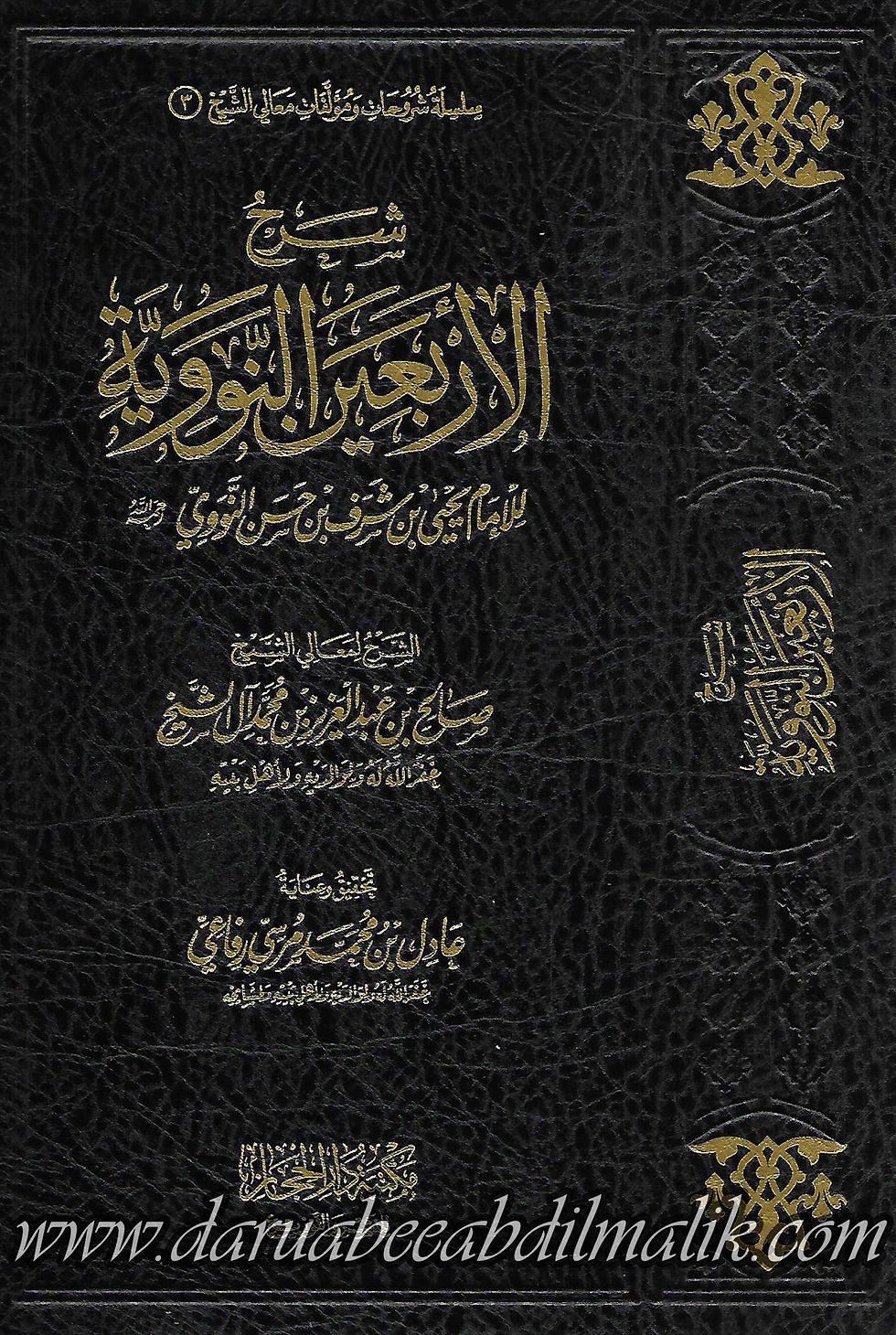Lisaan al-ʿArab (لسان العرب, "The Arab Tongue") was completed by Ibn Manzur in 1290. It is the most well-known dictionary of the Arabic language, as well as one of the most comprehensive. Ibn Manzur compiled it from other sources, to a large degree. The most important sources for it were the Tahdheeb al-Lugha of Azharee, the Muhkam of Ibn Sidah, the Nihaaya of al-Dhahabee and Jauharee's Sihaah as well as the glosses of the latter (Kitaab at-Tanbih wa al-Idaah) by Ibn Barree. It follows the Sihaah in the arrangement of the roots: The headwords are not arranged by the alphabetical order of the radicals as usually done today in the study of Semitic languages, but according to the last radical - which makes finding rhyming endings significantly easier. Furthermore, the Lisan al-Arab notes its direct sources, but not or seldom their sources, making it hard to trace the linguistic history of certain words. Murtadaa al-Zabidee corrected this in his Taaj al-ʿAroos, that itself goes back to the Lisan. The Lisan, according to Ignatius d'Ohsson, was already printed in the 18th century in Istanbul, thus fairly early for the Islamic world. Printed by Darul Haadith in 9 volumes in Black and Red on white paper.
Lisaan Al-Arab 1/9 لسان العرب
عنوان الكتاب :لسان العرب
تأليف : الإمام العلامة إبن منظور
الطبعة الثانية 1423 هـ
عدد الأجزاء :9
الناشر : دار الحديث القاهرة
















